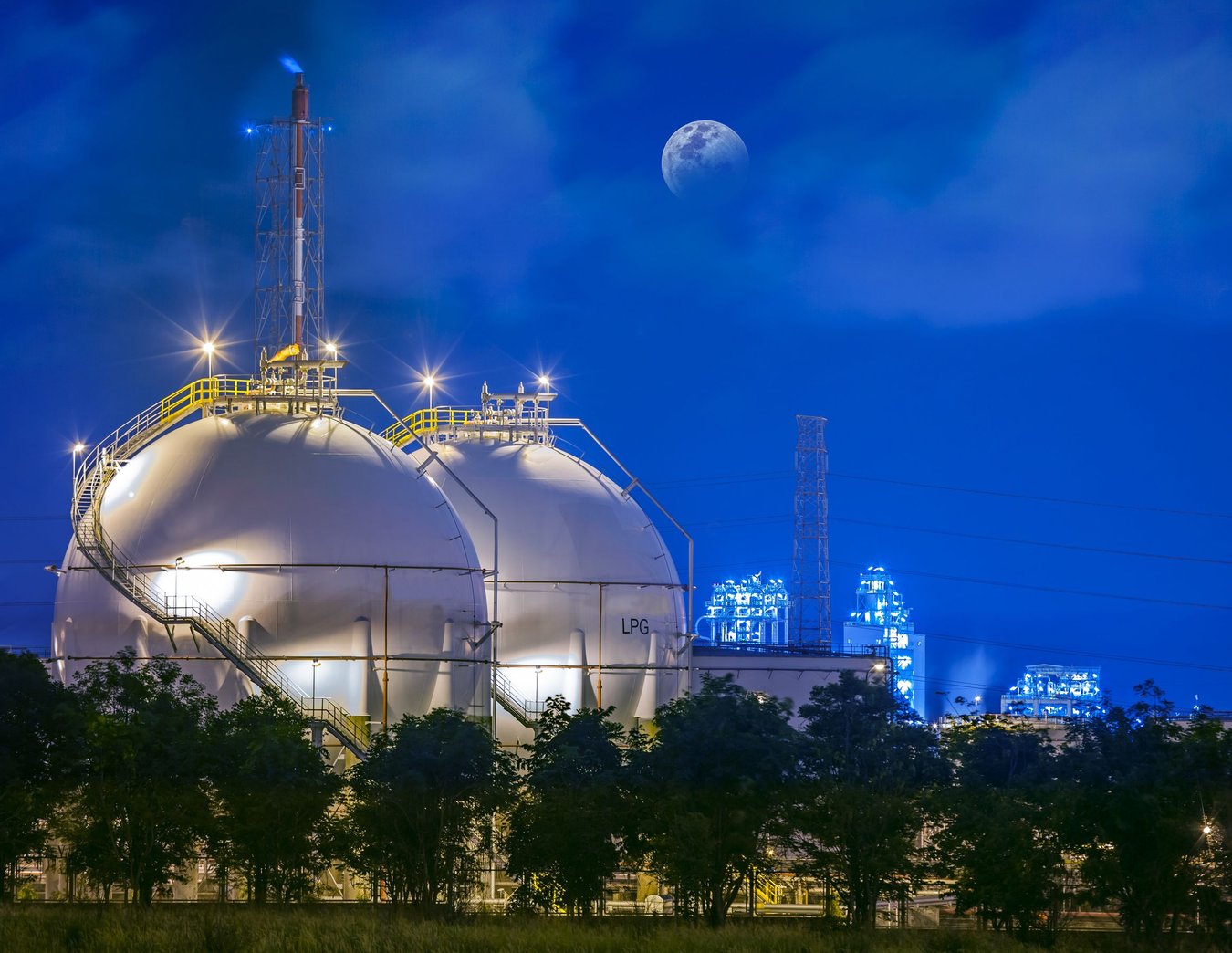Controlling risks within any industry requires a robust risk management system and competent
people to implement it..
TÜV Rheinland has developed a Functional Safety Program. It allows for a consistent approach to developing the competence of personnel via a common syllabus, and where knowledge and understanding is assessed by independent third parties. The Functional Safety Program covers specific disciplines, including Safety Instrumented Systems (SIS) and Process Hazard and Risk Analysis (PH&RA). The PH&RA program is aimed at equipping people to manage process safety risks in high hazard industries, such as oil and gas, refining and chemicals.

Process Safety
Process safety may be defined as preventing catastrophic accidents, such as fires, explosions and toxic releases, arising from the use of hazardous chemicals and hydrocarbons. For owners and operators, the costs of a major accident can be huge. For example, BP recently revised the total cost of the 2010 Deepwater Horizon disaster to a staggering US$61.6 billion.
As well as the moral obligation to save lives and protect the environment, the cost of a major accident should provide sufficient incentive for companies to assure themselves that they are effectively managing their process safety risks. Fortunately, there is an established risk management approach to help them, set out in ISO 31000:2009 (illustrated in Figure 1). At the core of this risk management
process is risk assessment, which comprises three steps:
1. Risk Identification – What are the possible accidents
2. Risk Analysis – What are the frequencies and consequences of the events? How are they controlled?
3. Risk Evaluation – Are the risks acceptable? Could, should, anything further be done?
The most important thing is that risk management is implemented effectively by the right people, at the right time and in the right place.
The PH&RA training course
The PH&RA course, delivered by Risktec, lasts three days and covers the fundamental aspects of process safety management. There are many techniques available to support risk assessment and enable informed, risk-based decisions to ensure that process safety risks have been reduced to acceptable levels. The course focuses on principal areas, such as:
- Identifying process risk scenarios using, for example, Hazard Identification (HAZID), Hazard and Operability (HAZOP), Failure Modes and Effects Analysis (FMEA) and What If? techniques.
- Conducting scenario analysis, from simple techniques such as the risk assessment matrix, through to bowtie analysis, fault and event tree analysis. It can extend to physical effects modelling where estimations are made of the possible impacts of fires, explosions and toxic gas releases, as well as Layer of Protection Analysis (LOPA) and Quantitative Risk Assessment (QRA).
- How to evaluate and understand the risks, allowing for informed decisions about whether the risks
are acceptable to a company or society, and whether it is practicable to further reduce the risk levels. - Practical topics, such as setting up a risk analysis program, how to chair a meeting and what data is
needed, as well as communicating the results and monitoring process safety performance.
The course demonstrates how to apply all these approaches in practice, using simple and more complex examples to illustrate key points. At the end of the course there is a 3½ hour exam that tests understanding of all areas, and requires a 75% pass mark. Delegates
who successfully complete the course are awarded the title of ‘Functional Safety Engineer’ and placed on the TÜV Rheinland global register.

Competency in Process Safety
For many engineering disciplines, such as mechanical or chemical engineering for example, the professional skills and competencies that need to be met and maintained are generally well defined and governed. However, for those engineers and scientists working in the field of process safety, the required competencies are less well established.
The TÜV Rheinland functional safety program is a very important contribution to addressing this gap.
Not surprisingly, more punitive legislation, use of novel technology and major high profile accidents ensure that process safety is a growing profession. There is a global shortage of skilled process safety professionals, so a formal certificate, from an established institution such as TÜV Rheinland, which demonstrates expertise can improve career prospects. Successful candidates can be rightly proud of their achievement, knowing that the PH&RA Functional Safety Engineer qualification has been well-earned and is highly regarded in many industries.
Furthermore, gaining the certificate demonstrates a commitment to learning, with the ability to think creatively in order to solve complex process safety and risk problems and face the current and future challenges of the industry.

Conclusion
Process safety is all about preventing catastrophic accidents in high hazard sectors. The last 40 years have shown that a declining oil price, such as that experienced over the last two years, leads to a spike in large losses due to accidents in the years that follow. To buck that trend, process safety practitioners need to step up to ensure that any decisions impacting asset integrity are thoroughly risk assessed. The
TÜV Rheinland Functional Safety Program PH&RA training course, delivered by Risktec, provides the
opportunity for practitioners to fill any gaps in their knowledge and demonstrate their competence
through examination.
Contact: Andy Lidstone (andy.lidstone@risktec.com)
Find out more about the latest trending topics in the industry our quarterly customer newsletter tuv.communication:



